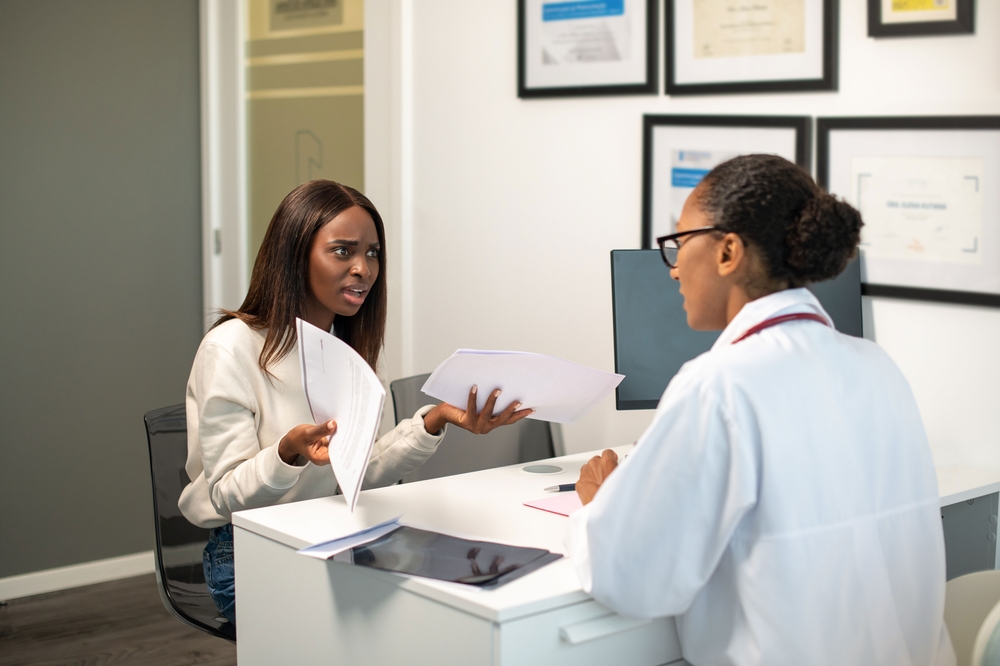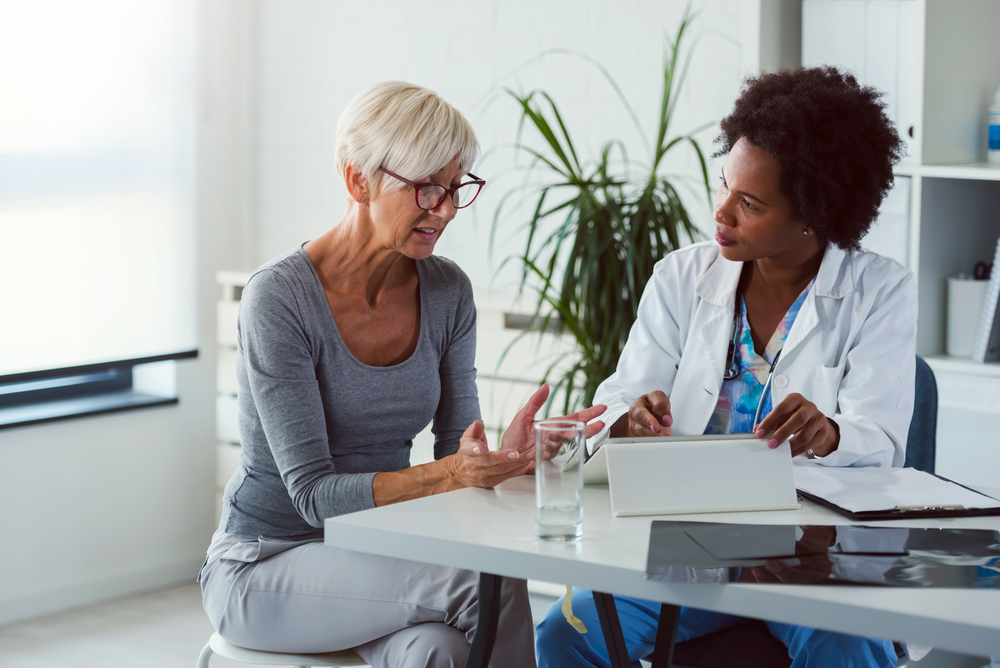You’ve probably heard of endometriosis, but have you ever heard of adenomyosis? Also known as “endo’s evil sister”, this is a seriously painful women’s health problem. So what exactly is adenomyosis? What causes it, and what do you do if you think you have it? This is everything you need to know.
Understanding Adenomyosis

Both endometriosis and adenomyosis are painful conditions that disrupt your daily life. They can cause crippling pain that leads to hospitalization, and cause you to miss many work, social, and other life events. Women who suffer from either or both of these conditions often report difficulty in maintaining friendships while trying to manage such debilitating conditions. One of the biggest challenges is a lack of understanding, even among medical professionals. It’s not just bad period pain.
So what is adenomyosis, exactly? Adenomyosis occurs when tissue similar to the inner lining of the uterus is found in other parts of the uterus, usually in the muscle layer. Unlike endometriosis, which is the term for inner lining-like tissue found elsewhere, outside the uterus, adenomyosis presents distinct symptoms. Adenomyosis causes your uterine wall to thicken and enlarge, sometimes to double or even triple in size.
Read More: 15 Women’s Health Myths That Can Be Harmful
Symptoms of Adenomyosis

There are a number of symptoms of Adenomyosis. As with endometriosis, the issue is often being taken seriously, as we have normalized pain associated with the female menstrual cycle. The thing is, extreme pain is not normal at all. The symptoms of adenomyosis include:
- Severe cramping or sharp, knife-like pelvic pain during menstruation
- Heavy bleeding impacting quality of life
- Painful bowel movements
- Ongoing pelvic pain
- Bloated tummy
- Painful sex
“There’s a lot of misinformation because there’s a lot of misunderstanding that comes from messaging that doctors are getting,” says Gynaecologist and advanced laparoscopic surgeon Dr. Shamitha Kathurusinghe.
Prevalence and Current Understanding

One of the biggest problems with adenomyosis is that many women don’t know about it and may not realize they have it due to the lack of symptoms it can present. While the exact prevalence of adenomyosis remains uncertain, researchers have observed a higher occurrence in individuals who have undergone uterine procedures, are above the age of 40, or fall within the 2% to 5% bracket of adolescents experiencing severe menstrual pain. The development of adenomyosis is not fully understood, with potential contributing factors such as hormones, genetics, inflammation, or trauma being considered. It is most commonly found in women aged between 40 and 50, those who have given birth, undergone prior uterine surgeries or have a history of endometriosis. Although adenomyosis was traditionally associated with older individuals, healthcare providers are increasingly diagnosing it in women in their 30s who exhibit symptoms like abnormal vaginal bleeding or painful periods.
Challenges in Diagnosis

As already mentioned, the biggest problem women face with conditions such as this is because of the normalization of period pain. For this reason, many women simply suffer in silence, thinking that their pain is normal. What’s worse, when they do go seek help, this is often the message they receive: That their pain is normal and that there’s nothing you can do about it. Finally, the lack of diagnostic testing and education around adenomyosis exacerbates this issue.
Treatment Options

Hormonal treatments are a common approach for managing adenomyosis, but unfortunately, they are not always effective for everyone. Surgical intervention, particularly hysterectomy, is suggested in severe cases. However, the decision to undergo such drastic surgery can be daunting, especially for younger patients like who perhaps have not had children yet but want to or are not ready to push themselves into menopause.
Seeking Help

If you suspect you may have adenomyosis, it is crucial to consult a trusted GP and trust your instincts. Advocate for yourself, and if you feel dismissed or that your doctor is not helping you enough, go find someone else. Don’t quit until you find someone willing to work to find the solutions that you need. Adenomyosis is a lesser-known but impactful condition that deserves more attention and understanding within the medical community and society at large. By educating yourself and advocating for yourself at the doctor’s office, you can help not only yourself but other women get the help they need, too.
Read More: Study: Endometriosis Sufferers More Likely to Develop Heart Disease

